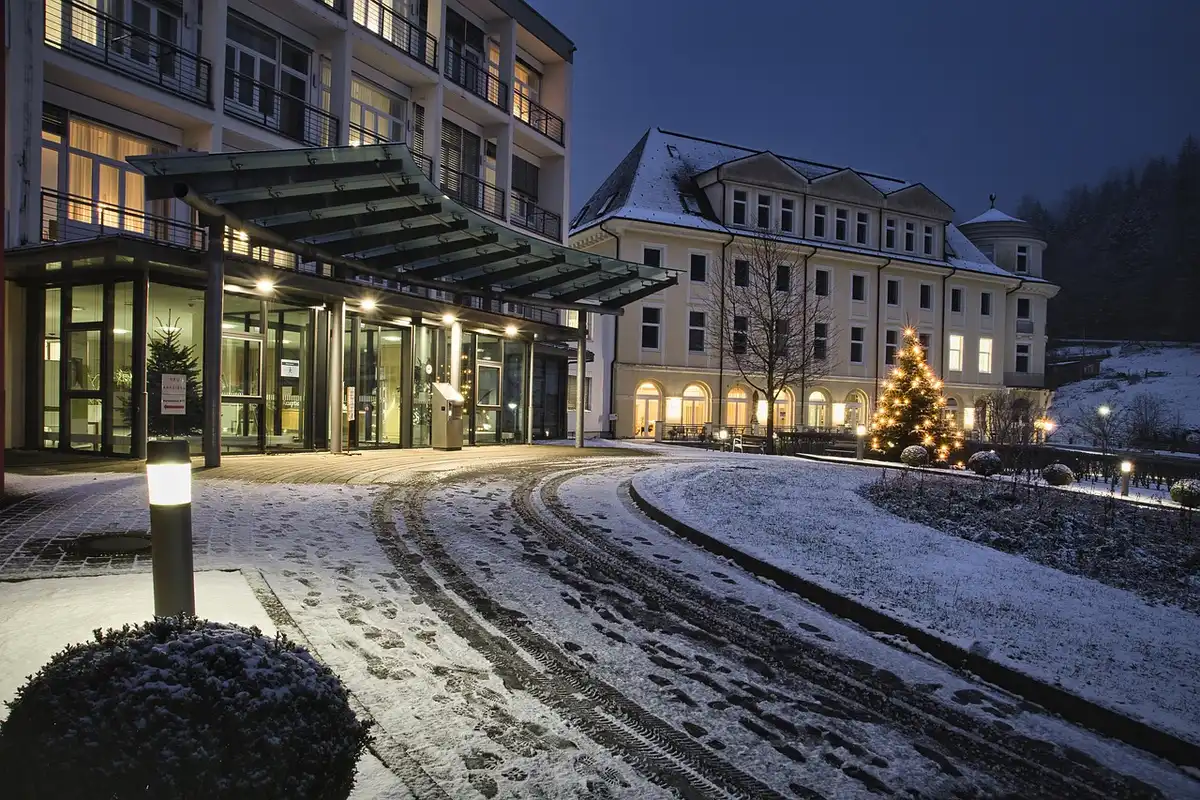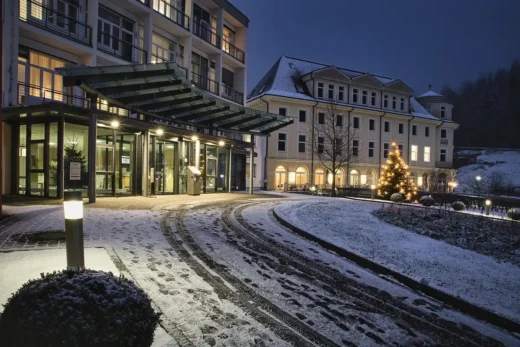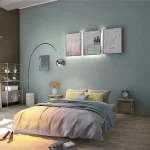The power of sensory design in luxury hotel remodels, New Scottish capital accommodation, Lothian guest rooms
The Power of Sensory Design in Luxury Hotel Remodels
31 March 2025
Sensory design has become a huge trend in the world of luxury hospitality in recent times. Essentially, sensory design involves utilising design elements that will stimulate the five senses: touch, sight, sound, smell, and taste. This can greatly enhance the guest experience and even create powerful emotions. These sensory signs are becoming prominent in luxury hotel remodels as hotels look for ways to stand out and encourage brand loyalty.
The Visual Symphony: Lighting, Colour, & Texture
Lighting is a powerful tool in interior design as it can be used to set the mood and atmosphere, which is key in luxury hotel design. This can involve using layered lighting to create warm, inviting lobbies to intimate dining spaces.
Additionally, colour theory shows how colour palettes can have a psychological impact and affect mood, so this should be considered when choosing colour schemes for each area of the hotel.
Finally, texture can add depth and visual interest to interiors, whether this is luxurious fabrics in the rooms or natural stone finishes in areas like wellness centres.
The Auditory Landscape: Soundscaping for Tranquility & Ambience
Sound is an often overlooked element when it comes to interior design, but it can have a huge impact on mood, ambience, and the guest experience. Sound design can be used to create a relaxing and peaceful environment, so consider the use of ambient background music or peaceful nature sounds, such as running water. You should also eliminate noise pollution with acoustic design principles and soundproof materials. When planning your soundscapes, it is essential to consider local noise regulations, and hotels and hospitality lawyers can provide advice on compliance to avoid any costly legal issues.
The Olfactory & Tactile Experience: Scent, Touch, & Taste
Scent is another powerful yet often overlooked element of design. Carefully chosen scents can create a welcoming atmosphere, reduce stress, and even evoke positive emotions. You do not want the scent to be overpowering, so opt for gentle, neutral scents like lavender or fresh flowers.
In terms of touch, tactile materials can enhance the sense of luxury and comfort, whether this is the use of plush linens for bedding or bespoke furniture. Finally, culinary experiences can stimulate the senses and contribute to the overall guest experience, so fine dining can play a significant role and attract customers to your luxury hotel.
Sensory design can play an instrumental role in luxury hotel remodels and elevate the guest experience. Luxury hotels should be considering the five senses in all design choices, as creating spaces that stimulate the senses and create a peaceful, serene atmosphere can help your hotel to stand out from the crowd and keep people coming back. It is important to be subtle when it comes to sensory design, but it can be a powerful tool when it comes to luxury hotel remodels.
Comments on this guide to The Power of Sensory Design in Luxury Hotel Remodels article are welcome.
New Edinburgh Hotels
Significant Edinburgh Hotels on this website – recent selection:
Newer accommodation properties:
W Edinburgh Hotel at St James Quarter
Moxy Hotel Edinburgh
Moxy Hotel Fountainbridge
Older accommodation properties:
+++
Scottish Capital Building Designs
Scottish Capital Property Designs – recent architectural selection below:
Royal Botanic Garden Edinburgh Glasshouses Restoration
Architects: BDP Glasgow studio + Allan Murray Architects
St James Quarter
Comments / photos for the The Power of Sensory Design in Luxury Hotel Remodels page welcome





